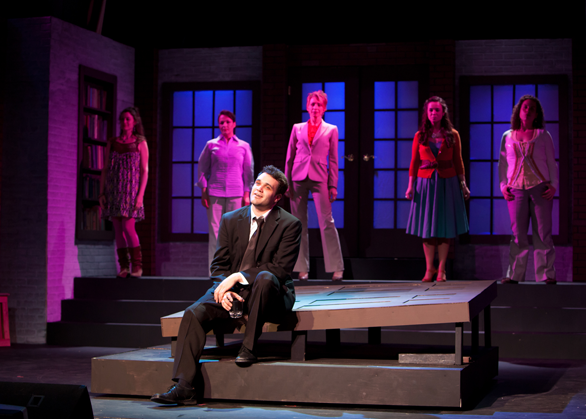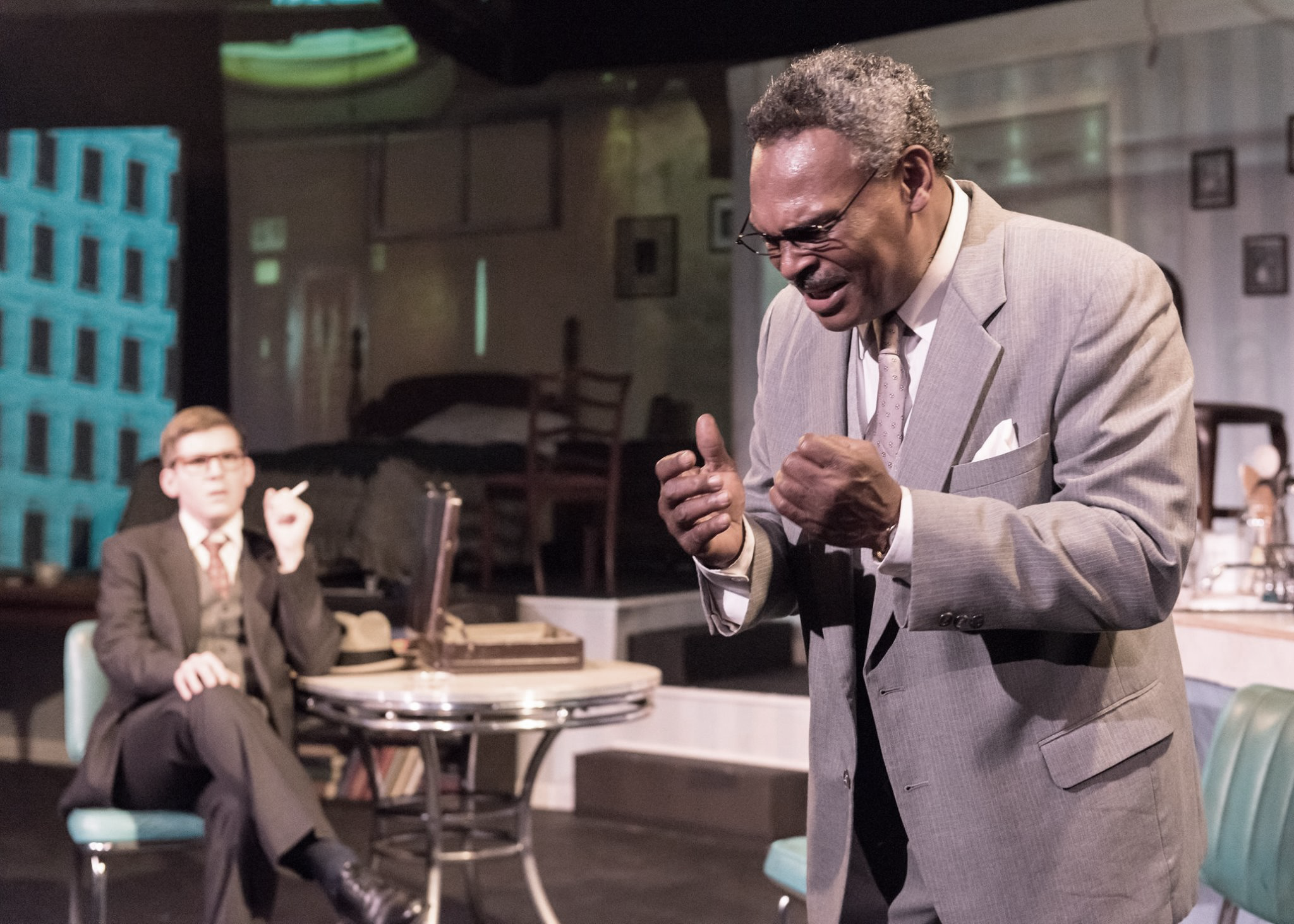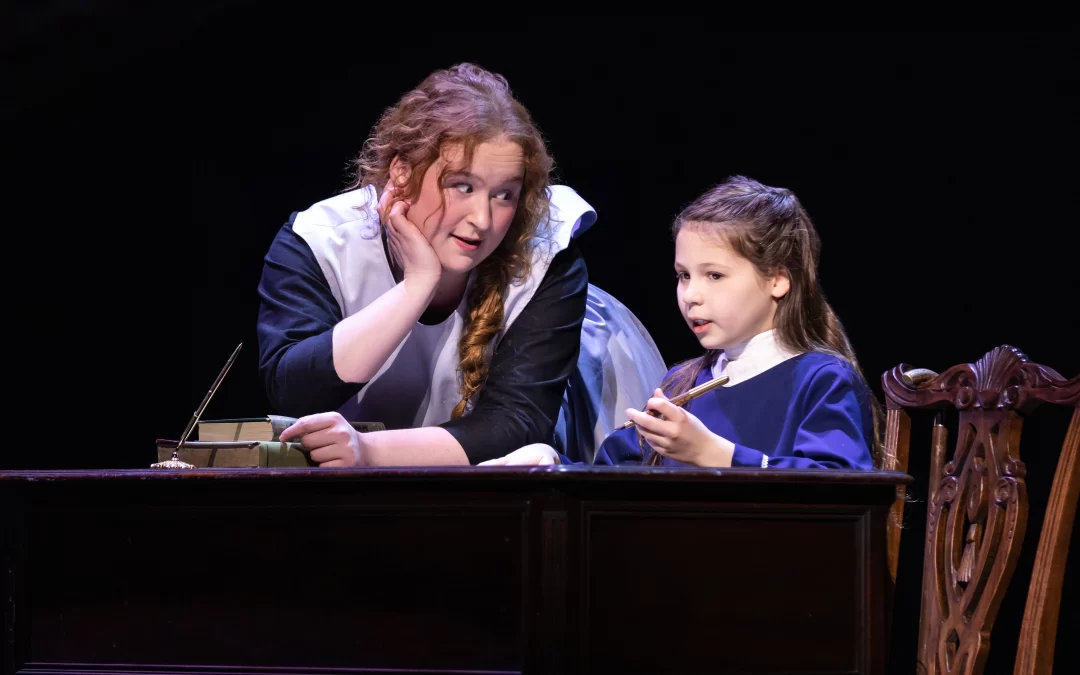You’re at the first read-through. The director, with a wild gleam in his eye, leaps to his feet: “This production will be like no Fiddler On The Roof ever seen before in human history!” Do you groan with dismay, or does your heart leap with joy?
The Concept. As a theatre director, you gotta have one. Will it be a traditional approach, or will you re-envision this work for the ages? But ah, the pitfalls of pretension–we’ve all seen shows distorted or destroyed under the weight of a director’s need to be different or brilliant. But sometimes, a bold concept can also spark an old warhorse to life. It can pull previously-unseen riches from its depths, rouse a jaded cast out of lethargy–even minimize defects that are inherent in the piece.

But how to navigate these treacherous waters? If you’re like me, you do it by identifying the beating human heart of the story and never letting go. Staying true to that can illuminate bold new avenues, but it won’t lead you astray.
Recently I directed George Furth and Stephen Sondheim’s Company. The show explores the ambivalence and lack of connection that can occur in marriage, and the protagonist Bobby’s fear of commitment. Despite its Tony Award for Best Musical, there has been criticism about the disparity in style between the book scenes and the songs.
Was there a concept that could glue the pieces together into a more unified whole? Since the show is non-linear and episodic, an argument could be made that the fragmentary scenes–about his relationships with his friends and lovers–were actually playing out in his mind. So designer Trad Burns and I conceived that Bobby was waking up in a nightmare state on his 35th birthday. During transitions, we kept going back to the nightmare, with his friends and lovers appearing ghost-like behind translucent windows and doors. There was no furniture and minimal props, except a small pivoting, off-kilter platform that was raked and had doors on its surface. This piece helped to symbolize Bobby’s isolation. It became whatever furniture was needed–a bed, sofa, chair, bench. Friends could even spin him around on it, amplifying the visual metaphor of his whirling confusion and disorientation.
For me, it was a concept that aided the story without distorting it. It wasn’t an earth-shaking, “in-your-face” re-envisioning, but sometimes even the most subtle adjustment can yield amazing results. The show was a success, with Cleveland’s The Plain Dealer critic Donald Rosenberg even saying, “Imagine my surprise to have enjoyed the intimate Fairmount Center version far more than the glitzy Philharmonic incarnation.”
Well, that’s very kind, Donald, but I wasn’t out to beat anyone. The only beating I was interested in was that beating human heart. And when a director is concepting, that, I think, is the important difference.
— Fred Sternfeld




